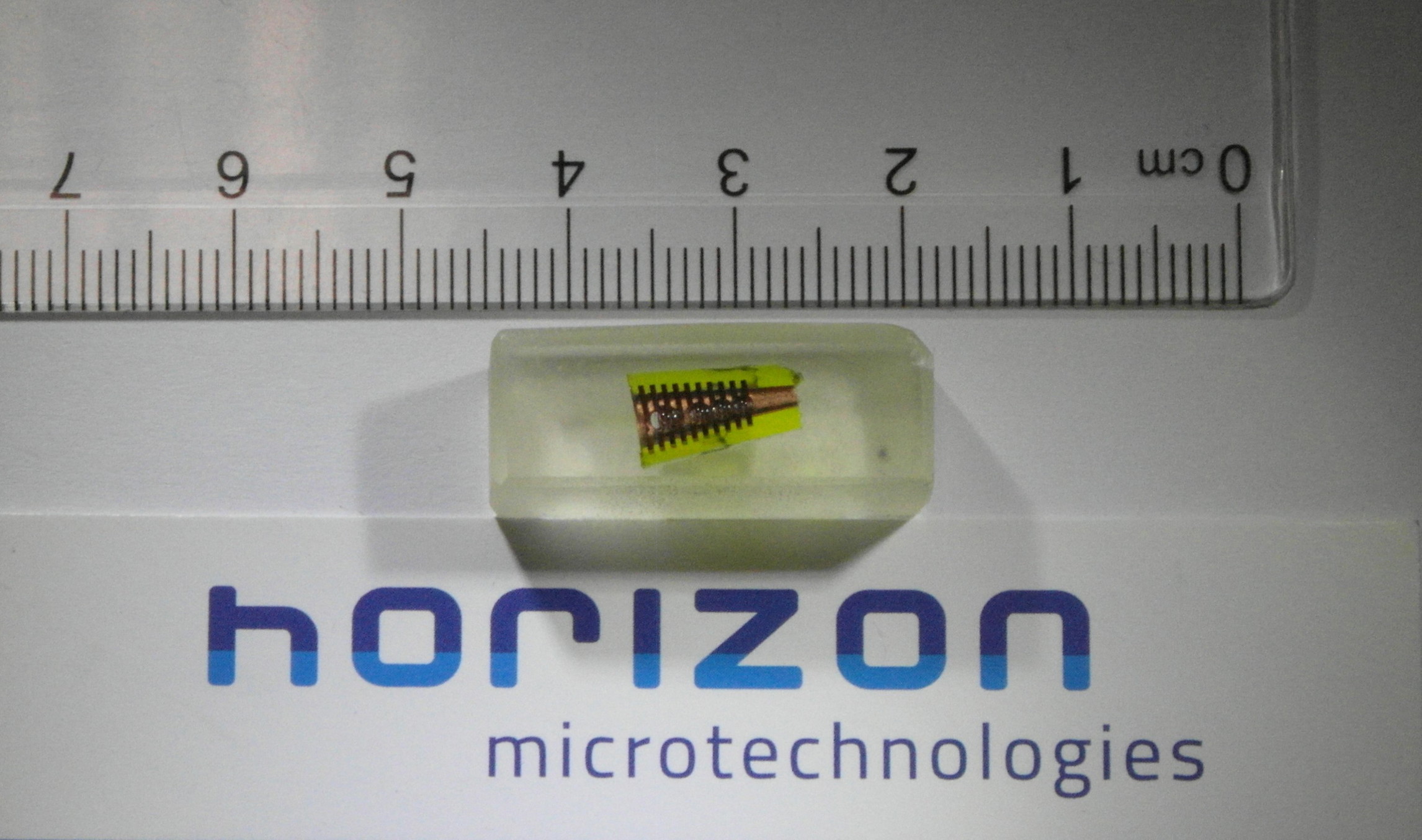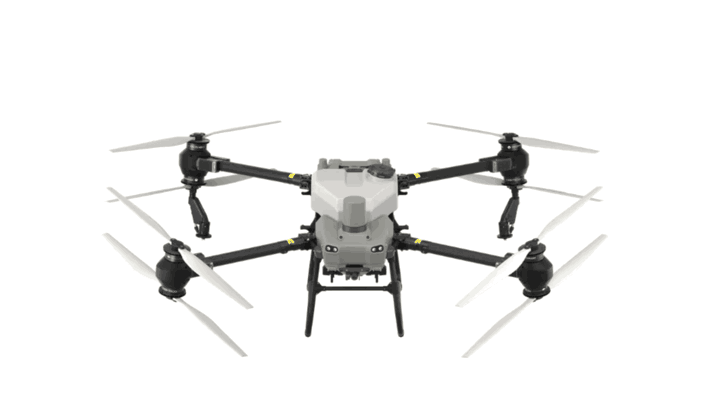Horizon Successfully Manufactures Corrugated Horn Antenna

Horizon has printed a funnel-shaped horn with internal corrugations, which has subsequently been coated using its HMT-Metal coating process.
Horizon Successfully Manufactures Corrugated Horn Antenna
Following some recent work on D-Band Horn antennas, we are delighted to be able to announce that through the use of our in-house plastic micro AM technology, we have also successfully manufactured an “upgraded” version of such horns. Specifically, we have printed a funnel-shaped horn with internal corrugations, which we have subsequently coated using our HMT-Metal coating process. This process applies copper layers very evenly and conformally to a variety of component shapes and materials. Milimeter-wave components such as horn antennas fit well with the use of micro-AM as they are typically in the cm size range, with sub-mm dimensions, and require the attainment of micron tolerances. The use of micro-AM means that smaller and lightweight components can be made, and the process advantages of micro-AM can also be exploited.
The image shows one half of a corrugated horn after embedding it in a transparent epoxy and sawing it in half to reveal the interior. (The bubbles visible in the protective epoxy are from the embedding procedure and not related to the metallization process which has successfully coated the inside of the horn).
Corrugations inside a horn antenna introduce a significant enhancement in performance compared to traditional smooth-walled horn antennas. These corrugations effectively modify the antenna's boundary conditions and can be used, for example, to tailor the phase front for achieving highly directional beams with low sidelobe levels. By exploiting the additional design degree of freedom offered by the introduction of the corrugations, increased bandwidth, improved pattern symmetry and reduced cross-polarization can be achieved, which enhances the purity of the polarization of the transmitted or received signals. These advantages make corrugated horns particularly valuable in applications requiring high precision and reliability in the radiation pattern and polarization characteristics, such as satellite communications, radio astronomy, and radar systems, where signal integrity and performance consistency are critical.
Our ability to make such “upgraded” horns via the addition of corrugations, protruding into the horn funnel via micro-AM and then coating them in copper is a game changer.
Related Articles

Pioneering Additive Manufacturing and Prototyping Solutions

Inside APES's Pioneering Projects: Moving 3D Printed Electronics Forward

J.A.M.E.S And XTPL Join Forces In A Groundbreaking Collaboration




